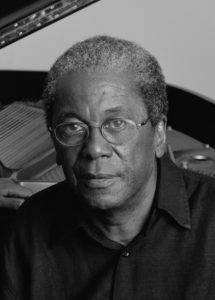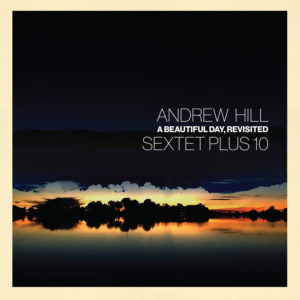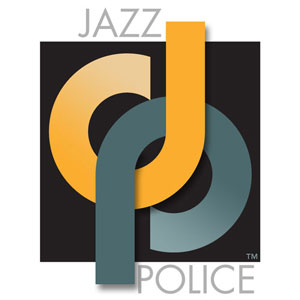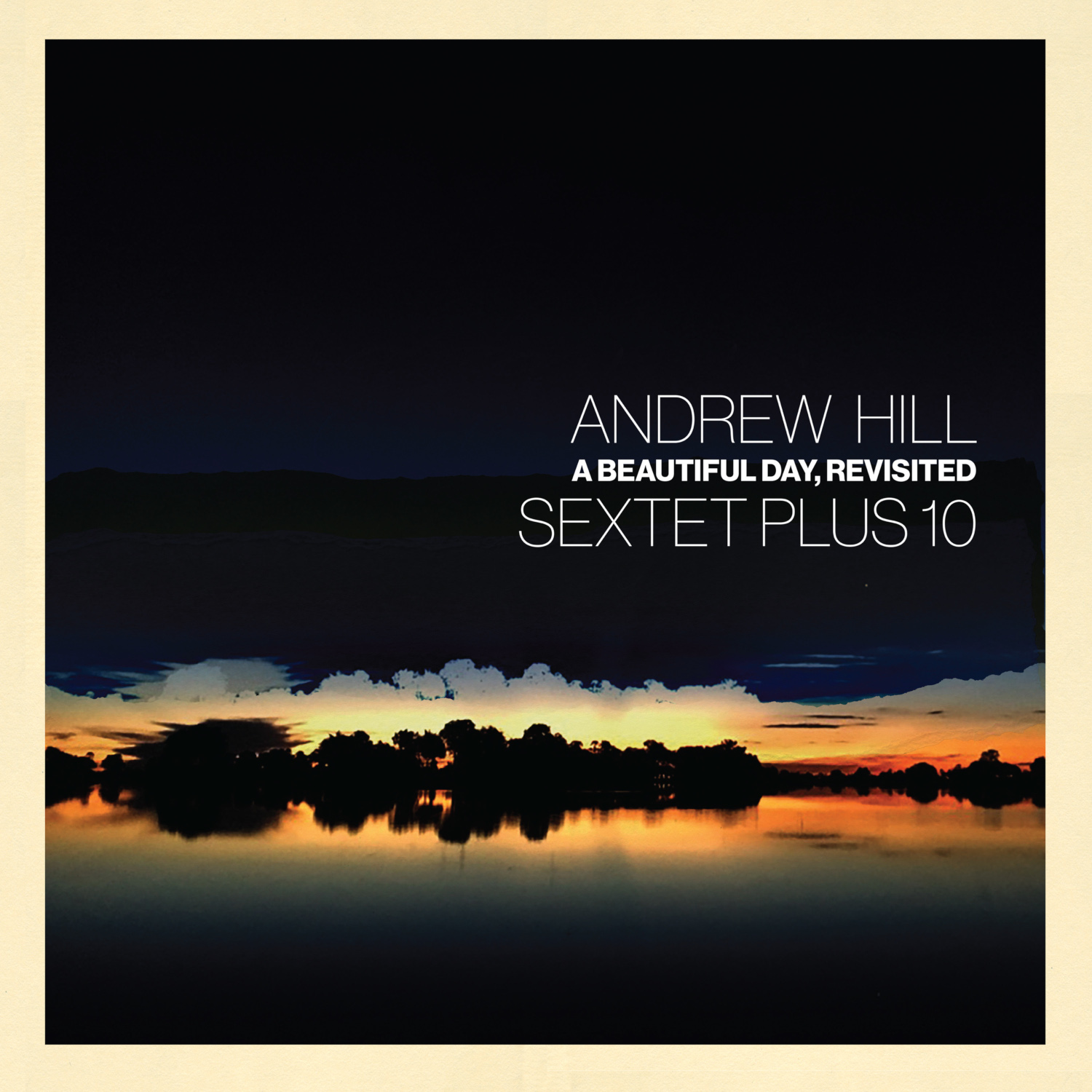by Don Berryman
A Beautiful Day, Revisited by the Andrew Hill Sextet plus 10 is a 2-LP/CD reissue of Hill’s 2002 big band album recorded live at Birdland Jazz Club in New York. It features a fresh remaster, an extended edit of one track, and a previously unreleased bonus track, available November 1, 2024 on Palmetto Records. This will be the first time any of this material is available on vinyl LPs, and the best it has ever sounded. Both the LP and CD sets contain liner notes by Matt Balitsaris and Ron Horton who explains the unusual process Andrew Hill used to present his music to the band.
About Andrew Hill

Andrew Hill was born in Chicago in 1931, In 1952 he started performing with touring jazz musicians (including Charlie Parker, Coleman Hawkins, and Miles Davis). He moved to New York in 1961 and signed with Blue Note Records, producing his early classics for the label, such as Point of Departure and Black Fire. After leaving Blue Note he continued to compose, teach, perform, and record into the 21st century.
Andrew Hill is often compared to Thelonious Monk. Ethan Iverson in Do The M@th: said “Andrew Hill never sounded that much like Thelonious Monk, but, like Monk, he was an alternative to conventionally hip and conventionally virtuosic pianists.” and he was “especially known for his compositions, which are finely-wrought and detailed, and usually feature multiple horns” Stanley Crouch wrote In the liner notes to the 2002 release A Beautiful Day, “With a vision given to great plasticity, [Hill] has found his own ways to reinterpret 4/4 swing, the blues, the romantic or meditative ballad, and the Afro-Hispanic rhythms that have almost invariably connected one generation of Jazz musicians to those who preceded them”
As a bandleader, particularly on this project, Hill is like Charles Mingus in the way he inspires free improvisation in a large ensemble. In Hard Bop and Its Critics David H. Rosenthal called Andrew Hill an experimental musician who “consciously set out to expand jazz’s structural and technical boundaries”
The Birdland Concert
On the 24th through the 26th of January, 2002, a recording was made at Birdland Jazz Club in New York of what was billed as the Andrew Hill Big Band, which is called the Andrew Hill Sextet Plus Ten on the record.. The sextet was Hill’s working sextet with Andrew Hill, Scott Colley, Nasheet Waits, Marty Ehrlich, Greg Tardy, and Ron Horton. The “plus ten musicians” were Aaron Stewart, John Savage, J.D. Parron, Dave Ballou, Laurie Frink, Bruce Staelens, Charlie Gordon, Joe Fiedler, Mike Fahn, and Jose D’Avila filled the stage. Ron Horton also served as the arranger and musical director. All the music was composed by Andrew Hill.
“It was a really epic journey,’” says Palmetto founder and producer Matt Balitsaris. Prior to the concert the band had rehearsed a lot of short ensemble pieces, but no one knew how they fit together. Direction was given by Ron Horton per Andrew Hill’s instructions immediately before the performance to keep everything spontaneous and fresh. And it changed from night to night. “We don’t have any idea what’s going to happen tonight,” one trumpeter said moments before taking the stage. “Not a clue.”
Nate Chinen was present for the concert and reviewed it for Downbeat Magazine “the repertoire, penned entirely by Hill, reflected the atmosphere of a distinctive compositional world. And every musician on stage, Hill included, entered that world without map or compass. During the set, trumpeter/conductor Ron Horton intermittently flashed a cue card with specific coordinates (e.g. Beautiful Day, Insert Bar 1″), and the band quickly followed his instructions. Horton’s choices, although not exactly arbitrary, seem dictated less by a pre-existing order than by the impulse of the music itself. the result was a cut-and-paste approach that kept the musicians on their toes, liberated the music from the page and allowed each arrangement to reside in perpetual present tense”.
Why Revisit?
 Although the original album was well received, producer Matt Balitsaris wanted to take advantage of improved technology, “I went back and listened to the multi tracks. I’d forgotten that I didn’t have any mixing automation in those days. I started tinkering around with it and immediately realized how much better it could be.” Balitsaris describes the issue with the recording, “The musicians were playing to the room, so they weren’t really focused on where the recording mics were placed. As a result they were often off mic. Twenty-something years ago, I could bring the soloist up in the mix, but when it would go into a section where the reed players might switch from saxes to flutes and/or clarinets, I couldn’t rebalance that section for just that part of the song and then move everybody back.” Balitsaris explains how new mixing automation tools help. “But now I could zero in on one 12-bar section and say, ‘I need to bring the flutes out.’ I can just fine-tune things so much more. When a certain soloist was playing, I could mute different mics until I found a combination that made me feel like I was in the room, but still had the presence of feeling close to the instruments that were actually playing.”
Although the original album was well received, producer Matt Balitsaris wanted to take advantage of improved technology, “I went back and listened to the multi tracks. I’d forgotten that I didn’t have any mixing automation in those days. I started tinkering around with it and immediately realized how much better it could be.” Balitsaris describes the issue with the recording, “The musicians were playing to the room, so they weren’t really focused on where the recording mics were placed. As a result they were often off mic. Twenty-something years ago, I could bring the soloist up in the mix, but when it would go into a section where the reed players might switch from saxes to flutes and/or clarinets, I couldn’t rebalance that section for just that part of the song and then move everybody back.” Balitsaris explains how new mixing automation tools help. “But now I could zero in on one 12-bar section and say, ‘I need to bring the flutes out.’ I can just fine-tune things so much more. When a certain soloist was playing, I could mute different mics until I found a combination that made me feel like I was in the room, but still had the presence of feeling close to the instruments that were actually playing.”
As a result of the new mastering we have a cleaner, steadier sound that also offers a bit more natural ambiance than the 2002 master.
The Music
I was excited when I received this album in the mail and started playing it immediately – after the first two sides it was meal time. I was about to put on side 3 when I looked at my wife and said, “this isn’t really music for dining is it?” and she agreed. There is a lot going on and it demands your full attention so I delayed my listening until later. I then listened to it from start to finish. Throughout the concert you hear many combinations of instruments paired down to quartets, trios, duos, and solos, and then back to the whole band. Each piece is a journey within itself and I find myself pulled into it as many sonic lands are explored, often with the undercurrent of rumblings from the trombones and tuba.
Tracks
- The opening is bright with a triumphant fanfare on “Divine Revelation” and the fullness of the big band sound is revealed. The music leads to Hill’s piano solo with the trio then the horns joining in. Following are blistering tenor solos by Greg Tardy and Aaron Stewart.
- In “Faded Beauty” John Savage performs an extended and varied solo on flute followed by Marty Ehrlich’s bass clarinet solo with Scott Colley providing spontaneous counterpoint on bass. Then Andrew Hill provides an introspective piano solo.
- “New Pinocchio” features Hill’s probing piano against the haunting harmony of the horns and fascinating walking bass on the tuba.
- “J Di” begins with a sequence of cascading woodwind flourishes. Then J.D. Parron presents a solo on baritone sax demonstrating and extending the range of the instrument while trumpets provide punctuating accents.
- “5 Mo” starts with a circus-like atmosphere of lumbering low brass with independent upbeat cadenzas of the other instruments dissolving into a quiet place for a reflective piano duo with drums before the ensemble rejoins.
- “Bellezza” features a highly inventive trumpet solo by Ron Horton with Jose D’Avila answering on tuba.
- Revealing how the music evolved over the three nights we get a different version of the title piece “A Beautiful Day (Thursday)”, being the first time the whole band played the entire piece it is not as tight as the other version, but has an urgent energy and hearty solos from all the saxophones – Greg Tardy on tenor is outstanding.
- “11/8” the final track, which is presented in its entirety for the first time in the new “Revisited” release, is an offbeat vamp and theme over which you hear the introduction of the members of the band.
Then Andrew Hill closes with the words “Hope you heard something you enjoyed. If you did, tell the world about us.”









